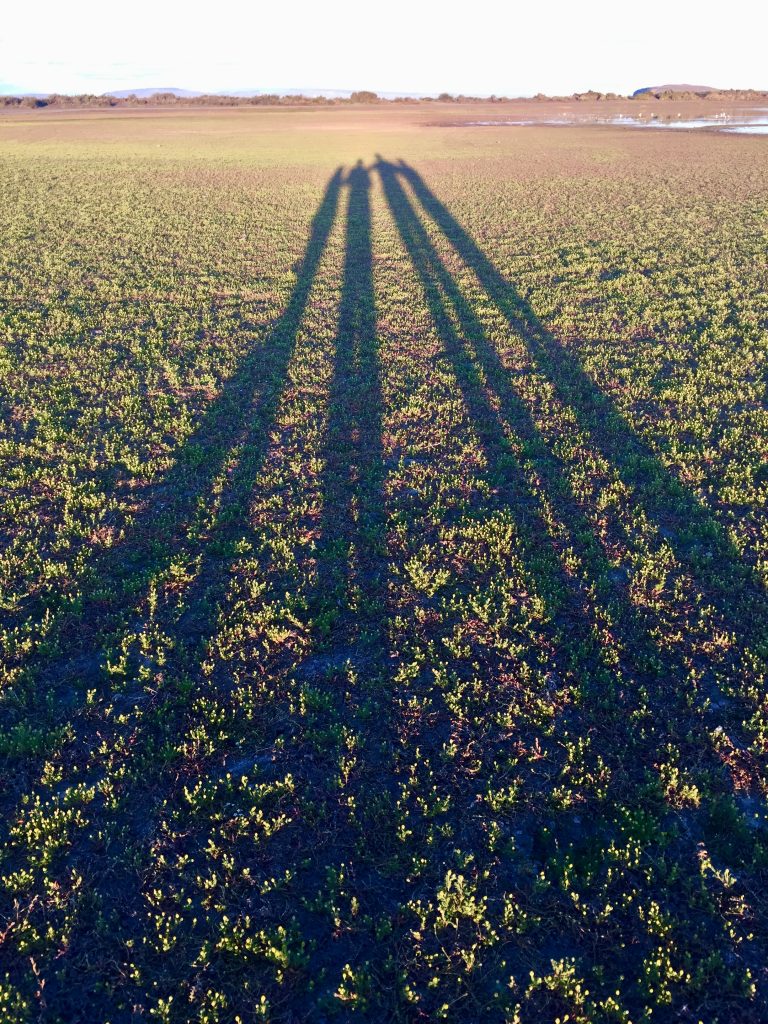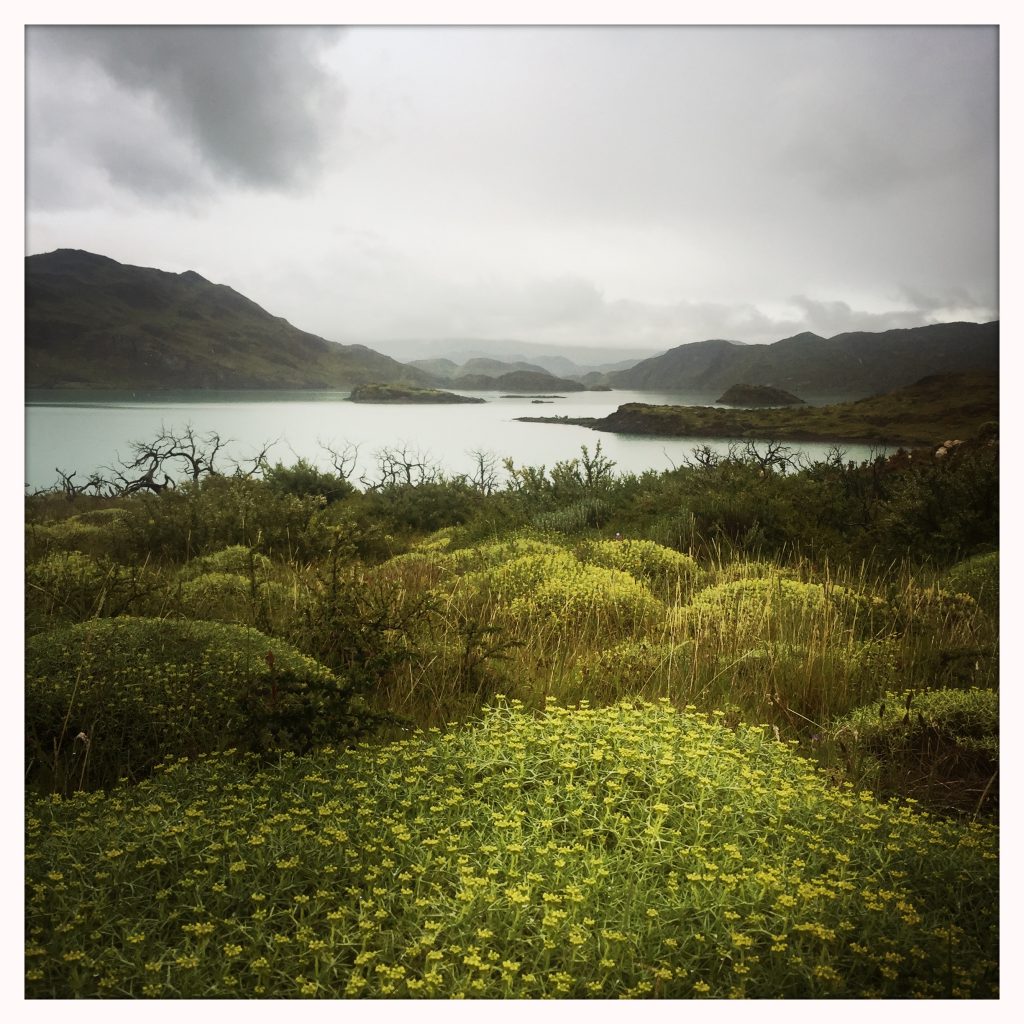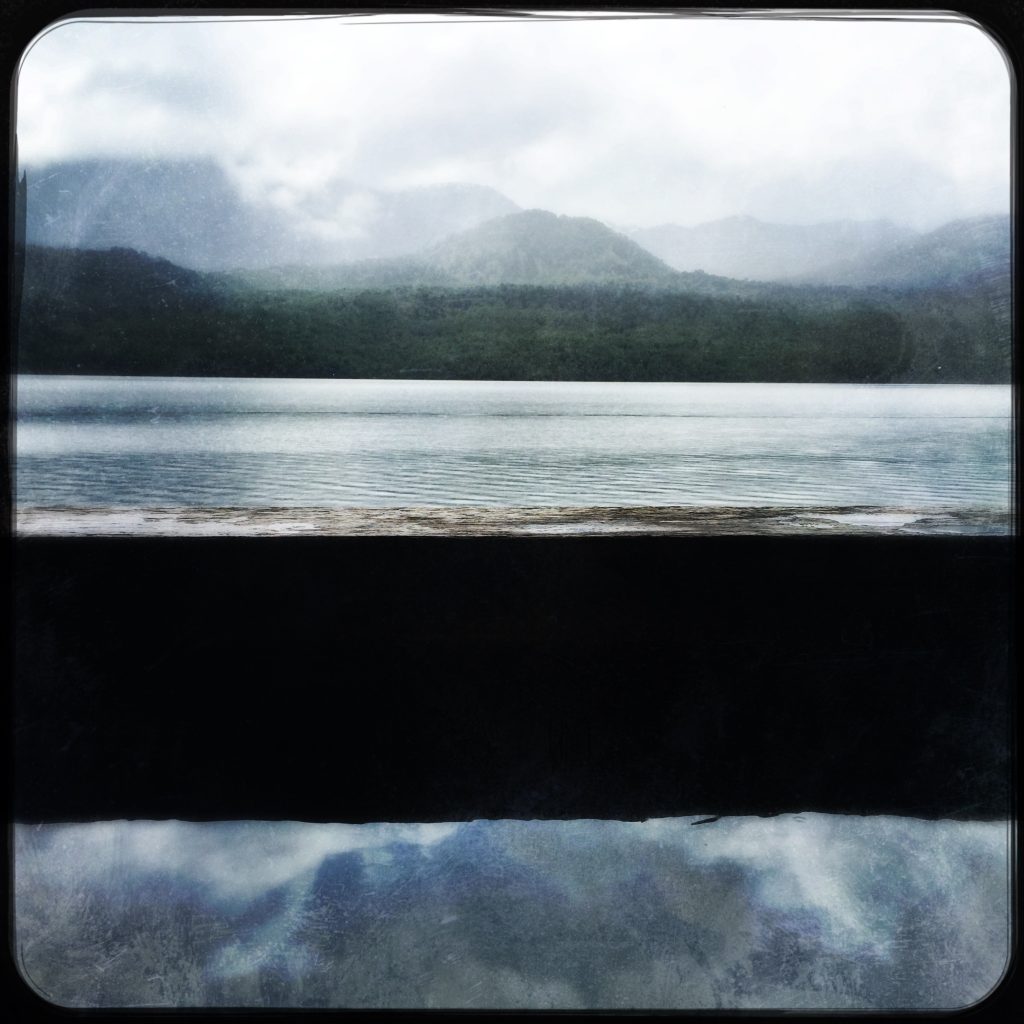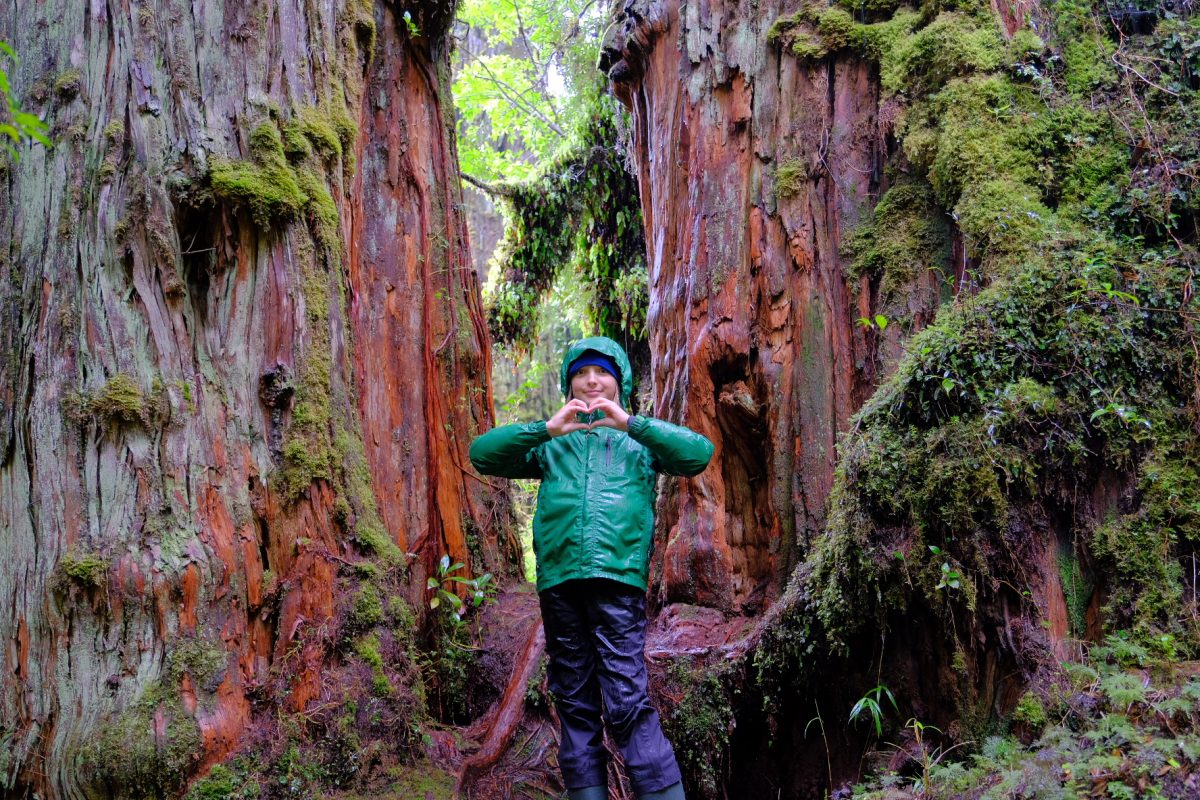
Dec 31 2019
By Annelise
Traveling through Southern Chile and Argentina with the kids during the holiday season from Thanksgiving, Sinterklaas, Christmas through New Years has been interesting.
I am very grateful for our 10 year old who, happily, is still a child at heart. Siri kept her joy of celebrating each special day and would find and point out decorations or signs of holiday cheer. Early in December, Bariloche, with its Bavarian and Alpen influence had Christmas craft markets, street decorations to lift the holiday vibes. Ushuaia with polar wind and some snow ushered in more hopes for a snowy Christmas. The approaching summer solstice erased cozy candles and fires, so she downloaded a list of Frank Senatra and other remixed classic Christmas ballads to listen to on our long car rides through the Patagonian steppe from Ushuaia at the Fin del Mundo up to Torres Del Paine in Chile and onward to El Chalten. She searched out paper crafts to make a wreath (an over complicated origami flexigon) and I made Danish paper heart baskets. She has helped off set the homesickness that was bound to creep in with all the traditions we have been missing. Each hike and long drive, a few miles of trail were eaten up with detailed descriptions of classic dishes, who has the best recipe, which dish will be most missed. More hiking hours passed by recalling fun memories with friends and family around the table of visiting. The wish lists are short, in large part by necessity – we can’t add more to our packed duffels, also in realizing we do not need much and what the kids really want is time with friends. We celebrated Christmas morning in El Chalten and went out for our traditional walk. It was laughably miserable for a while in the blowing rain, sleet and grit delivered by Patagonian winds strong enough blow our legs out from under us or lean on entirely and providing us new sympathy for those reindeer. The next day we had far better weather for the hike to Laguna los Tres at the base of Fitz Roy and Siri crossed one wish off her list – to play in snow
In the northern hemisphere there is more a sense of reaping the harvest of the quieter introspective time of fall to winter, increasing darkness towards solstice then opening to the new year. I have missed this part of the year associated with our holiday time the most. In our perpetual spring summer heading south we have not had that autumnal pause in our pace. Planning the next place to stay or route knowing it was gradually also leading to the end of our travels as a whole family has left me more grateful for the extended hours driving and hiking in Patagonia to allow my mind to catch up.
The message of Christmas is the joy wonder of new birth, new light, new chances to be kinder to each-other and the world we live in/on. With that in mind, I am looking forward to the next month with the kids in New Zealand. This next phase, the first part of the new year will be new for our family as Mark will be in Seattle while I am traveling on with the kids. It is a new beginning in a way and will come with new challenges and opportunities. After nearly 20 years traveling together it will be so different to be apart – like two trees in the forest whose canopies have grown in just the way that allows each the most light and shelters each-other from storms. It will be new to be parenting and traveling without my life travel partner for a while. So it begins, Mark departs in half an hour!
Nandu: ostrich-like bird of the Patagonian steppe.
Lenga: a beech (genus Nothofagus) tree common in Patagonia on which Darwin’s Fungus (Cyttaria darwinii) can be found
Nonsense title of course, Nandus are not found in trees even on the 12 day!


